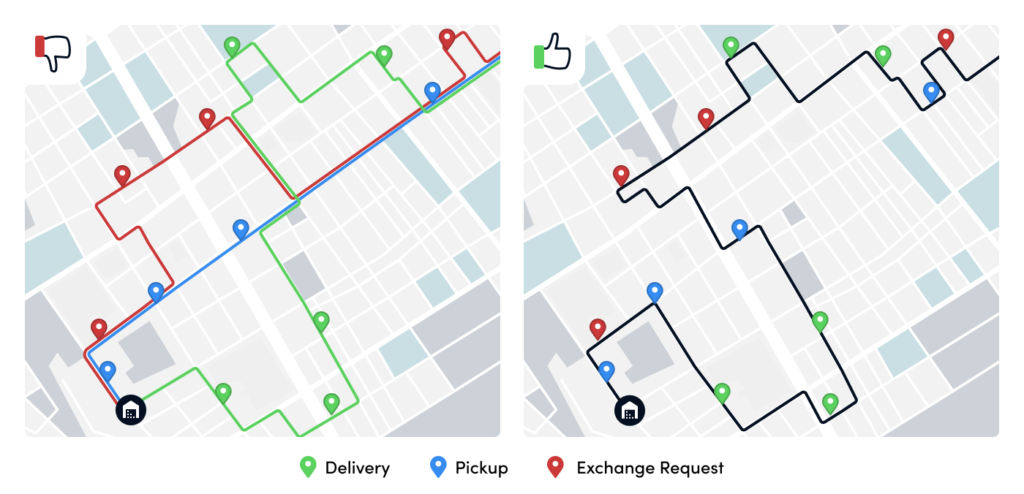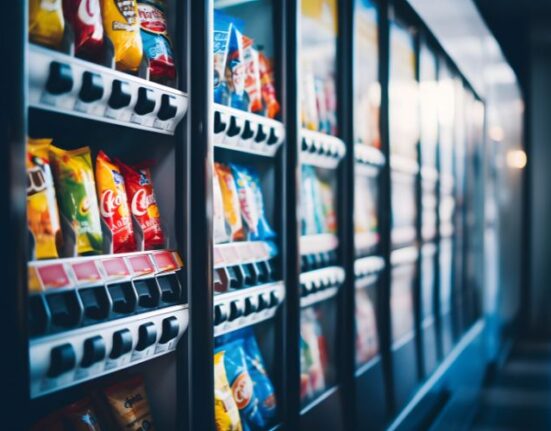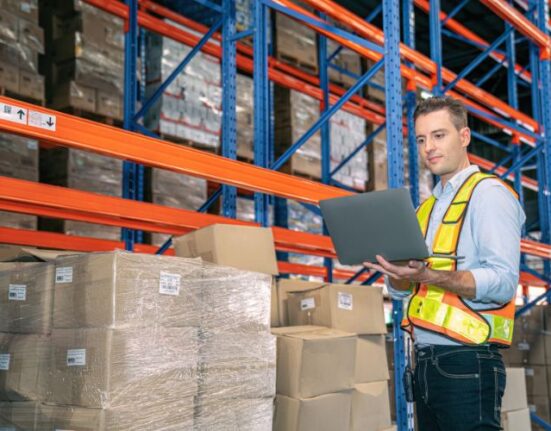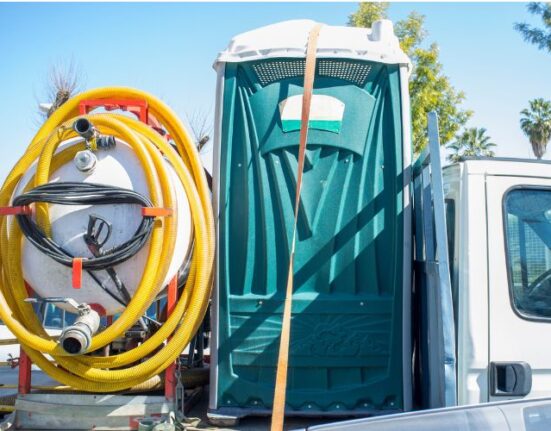What is Reverse Logistics?
Reverse logistics is any part of the logistics process where goods or services move from what is typically their final destination (the customer) back to their origin (or in some cases, to a third location). Reverse logistics encompasses work that happens after a product is delivered to a customer.
Let’s say you run a craft brewery. Delivering kegs to restaurants would be part of your forward logistics process. Picking up empty kegs from restaurants and bringing them back to your brewery would be reverse logistics.
US NAVY Senior Chief Logistics Specialist (Submarines) Kelly Griffith is a business management specialist for the United States Department of the Interior. He told us that, “In business, reverse logistics can set you up for long-term success and increase the lifetime value of a customer. Just look at car companies. How many parts in your vehicle need to be serviced by a mechanic that’scertified by the manufacturer? When you buy a new car, the dealer doesn’t just send you on your way. You walk out the door with a plan in place outlining when you’ll need to bring that vehicle back for service at multiple intervals.”
How reverse logistics fits into your logistics chain
The precise steps in a reverse logistics chain vary from business to business, but reverse logistics typically refers to any part of a logistics supply chain that flows from the customer back to your business (or sometimes, to a third location). For a product company, this could be your customer exchange or returns process. For logistics services that offer to dispose of expired products for their customers, this could be taking containers to a recycling center.
It’s easy to see how forward logistics equates to revenue. After all, the goal for most businesses is to make money by selling a product or service to customers, not taking it back. Forward logistics includes manufacturing products, delivering them, and all of the steps you need to take to get your product into a customer’s hands.
Reverse logistics operations do not directly correlate to revenue for many businesses, which is why they are often overlooked. But improving your reverse logistics process can help you build a loyal customer base. Just consider how important a seamless return process is. In a survey conducted by Invesp, 92% of e-commerce shoppers said they would buy from a company again if the product return process were easy. Your relationship with your customer doesn’t end at delivery. It goes much further.
4 Common Reverse Logistics Examples—and the Benefits You Could Be Missing out On
Even if you’re not using reverse logistics on a day-to-day basis, you’re likely to need it at some point. Here are a few examples.
1. Pick-up and delivery services
Businesses that offer pick-up and delivery services rely heavily on reverse logistics. For a dry-cleaning and laundry service, reverse logistics includes picking up dirty linens and transporting them to the business location to be cleaned. Full-service laundry businesses need to plan pick-up routes in addition to planning delivery routes.
Reverse logistics can be used here to schedule pick-ups around already-planned delivery routes, thereby increasing revenue without even needing to hire additional drivers. One of the greatest reverse logistics examples in this sector is Oberweis Dairy, which has been in business since 1930. To this day, Oberweis offers fresh milk delivery to their customers, and they use reverse logistics to pick up their iconic glass bottles when customers are ready for a refill.
2. Rental returns
Businesses that rent out specialized tools, heavy machinery, or film equipment can benefit significantly from effective reverse logistics. Streamlining the process of recollecting assets at the end of a rental is vital for these types of business. The reverse logistics process needs to include picking up assets, inspecting rented gear for damage and ordering any necessary repairs or maintenance, cleaning, and eventually restocking so they can be rented out again. Fortunately, since rental companies know when the rental period ends, they can plan pick-ups and allot time for cleaning and maintenance in advance.
Rental businesses can use reverse logistics planning to minimize downtime for equipment cleaning and repairs. Shortening the amount of time equipment is out of commission will increase sales and customer satisfaction, too, because it means assets will be ready to be rented out again faster. Finally, great reverse logistics can minimize stress on equipment managers and give them more time to focus on strategy.
3. Returns and exchanges
Sometimes, for any number of reasons, a customer will need to return or exchange an item. When this happens, product companies must have an efficient reverse logistics plan in place.
In a survey conducted by Zendesk and Dimensional Research®, 97% of the 1,044 individuals surveyed said that bad customer service affected their buying behavior. On the flip side, 87% said good customer service affected their buying behavior. Customers appreciate businesses that help them when they need it and make returns and exchanges as easy as possible.
4. Large appliance or furniture removal
Retailers that sell large products like refrigerators or sofas can use reverse logistics to set themselves apart by offering to remove a customer’s old appliance or furniture. Some buyers won’t be able to dispose of the old appliance or furniture on their own. Hiring another company to come in and take away the old item adds another step to the process and can often be very expensive. By offering a solution to this problem, you can make your business stand out and increase customer satisfaction.
The best part is that, since you’re already delivering a large item, you won’t need to schedule another truck or workers for pick-up. You can simply pick up the old item while you deliver the new one to your customer. Plus, you’ll be able to seamlessly integrate pick-ups into delivery schedules with the right route optimization software.
This article originally appeared on optimoroute.com.

















